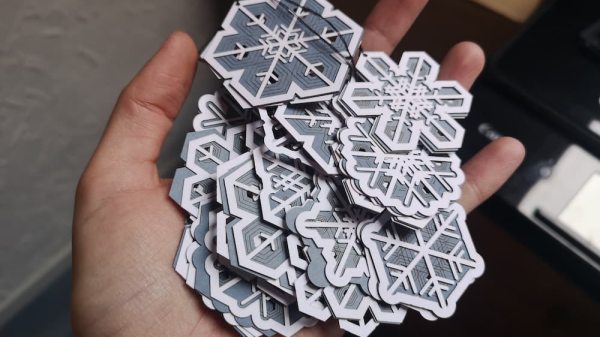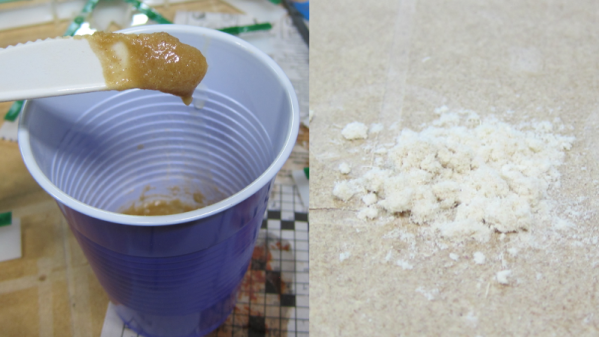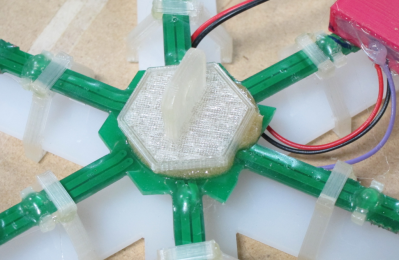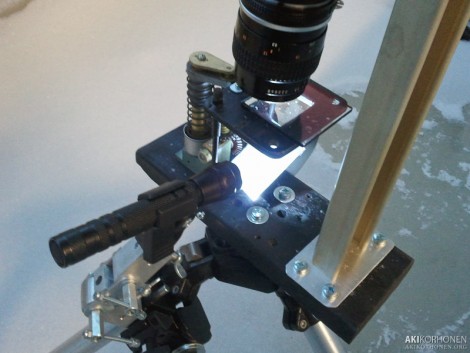In the past week, AT&T has announced an absolutely massive data breach. This is sort of a multi-layered story, but it gives me an opportunity to use my favorite piece of snarky IT commentary: The cloud is a fancy way to talk about someone else’s servers. And when that provider has a security problem, chances are, so do you.
The provider in question is Snowflake, who first made the news in the Ticketmaster breach. As far as anyone can tell, Snowflake has not actually been directly breached, though it seems that researchers at Hudson Rock briefly reported otherwise. That post has not only been taken down, but also scrubbed from the wayback machine, apparently in response to a legal threat from Snowflake. Ironically, Snowflake has confirmed that one of their former employees was compromised, but Snowflake is certain that nothing sensitive was available from the compromised account.
At this point, it seems that the twin problems are that big organizations aren’t properly enforcing security policy like Two Factor Authentication, and Snowflake just doesn’t provide the tools to set effective security policy. The Mandiant report indicates that all the breaches were the result of credential stealers and other credential-based techniques like credential stuffing. Continue reading “This Week In Security: Snowflake, The CVD Tension, And Kaspersky’s Exit — And Breaking BSOD”



















